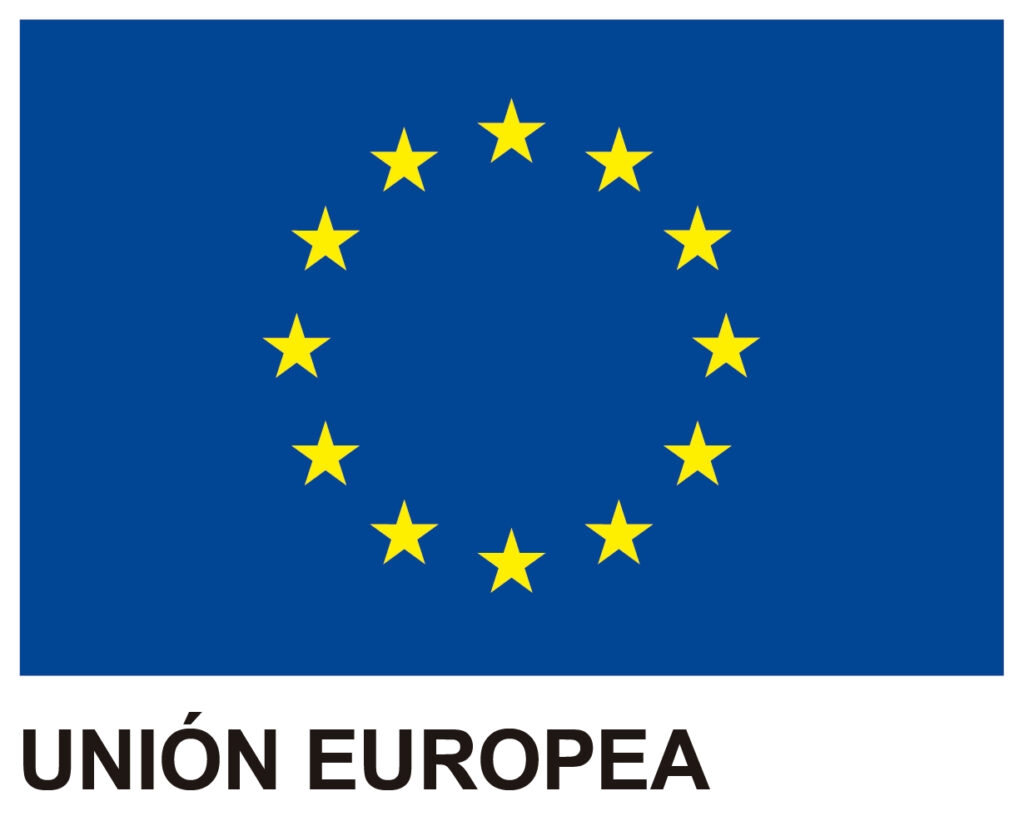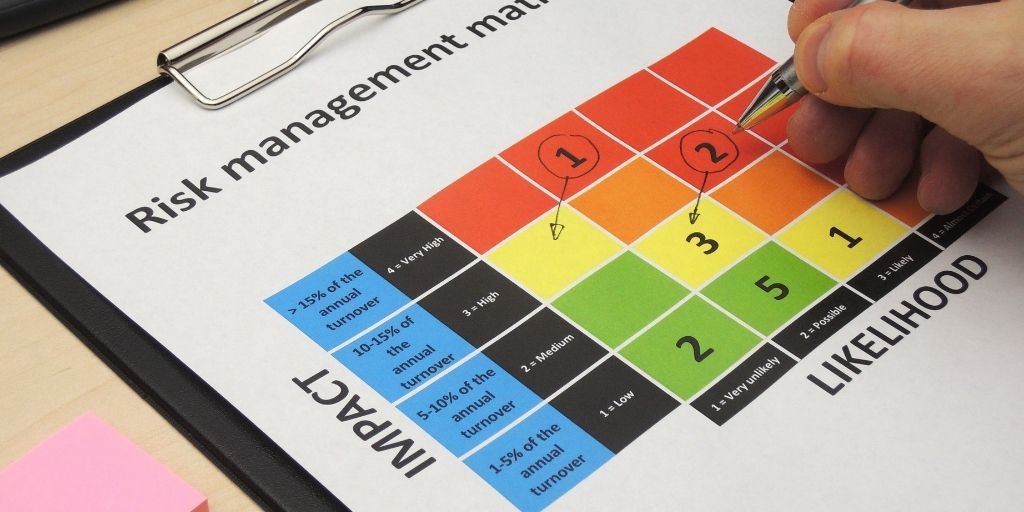Which is the best solution for your organisation?
In this blog we’ll be talking about the two main approaches or methodologies in the area of risk management, which are ERM and GRC. But, do you know the difference between them? In this article, we’ll help you to understand the difference in order to find the best solution for your organisation.
We’ll start by explaining what their initials stand for.GRC stands for Governance, Risk & Compliance. And, ERM stands for Enterprise Risk Management.
Both terms refer to risk management and handling within an organisation, or, to put it another way, they seek to ensure the strategic objectives of the company are met by trying to minimise any possible risks or mitigating them to create the most optimal situation possible. However, this common objective is arrived at using a totally different strategy in each case, as we will see below.
ERM
Its main aim is risk management, but the approach is exclusive to this methodology: to identify and assess business risks based on the activity and findings of each area or activity.
This process should entail a cross-cutting approach, involving all departments or areas of the organisation, taking information from each of them to define existing risks and decision-making based on their operational objectives. To put it another way, it is an individual empirical analysis of risk prior to the application of the necessary controls.
In short, it is a process that centres on risk, based on the collection of operational data and objectives from each area, albeit with a cross-departmental vision that will help with decision-making.
GRC
Its name already suggests a shift in focus with regard to the previous methodology, as the main aim is to interconnect areas under these three pillars: Governance, Risk and Compliance. In this way, it helps to bring about operational synergies that optimise processes and prevent duplication.
The value of GRC is supported by senior management, which makes it a top-down process in the organisation. Thanks to this, the company’s risks can be aligned with regulatory compliance, implementing generic strategies that are applicable to any area or department.
This solution is a risk analysis philosophy based on governance objectives, to be complied with and applicable to the whole organisation in a standardised way.
Which to choose out of ERM or GRC?
Neither methodology is better than the other. Each approach is valid depending on the solution you want to implement, with one key difference: the conceptual idea of risk. In one of them, this is more quantifiable in each process and its results, which is the case of ERM, and in the other, the GRC, it conceptually focuses more on compliance, based on general operations.
If you are looking for a specific solution to achieve your business objectives that centres on the risks in each area or department with detailed information on each of them, and take operational decisions based on this information, then the ERM approach is definitely the best solution for you.
On the other hand, if senior management are greatly involved in the governance of the organisation, with an overview of the risk and generic compliance, applicable to any area, let’s say with a definition of certified controls applicable to the whole company, then a GRC solution would be the most efficient approach. What’s more, because it offers a broader concept of operational risks, which links to all the departments in the organisation, it offers a more complete vision to the “C level” or executive level, helping to optimise the governance of the organisation.
In our organisation we have GlobalSUITE®, a piece of software that helps with the implementation of the corporate risk management system and provides automation and traceability in all risk analysis and management processes.
Additionally we have a consultancy department that will advise you and help you to implement the system to find out the state of protection your organisation has against possible risks that affect your business processes based on an ERM or GRC solution.





